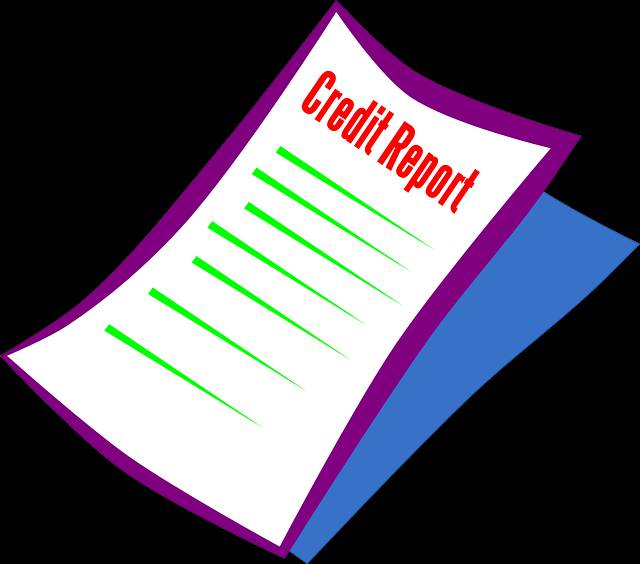-
Lot Size18,296 sqft
-
Home Size2,733 sqft
-
Beds4 Beds
-
Baths3 Baths
-
Year Built2003
-
Days on Market5
The 6 Key Facts about Credit Reports
- Linda Moore, Real Estate Tips
- February 24, 2015
 When you begin the quest to purchase a home, you should find out how healthy your credit is. You can obtain a free copy of your credit reports from the three major agencies by making a formal request. If you are in a hurry, and willing to pay about $30 or so, you can get a “triple report” from dozens of Internet sources.
When you begin the quest to purchase a home, you should find out how healthy your credit is. You can obtain a free copy of your credit reports from the three major agencies by making a formal request. If you are in a hurry, and willing to pay about $30 or so, you can get a “triple report” from dozens of Internet sources.
First things first
Educate yourself about the various sources of so-called “free” credit reports by clicking here. After getting your three reports, whether free or otherwise, your next task is to figure out what they mean. The compilers of the data (Experian, Transunion and Equifax) do not strive to make their reports user-friendly, so you’ll need to know a few tricks of the trade to turn the mishmash of numbers and words into meaningful information.
Follow these guidelines and you will be on your way to understanding your credit reports:
- 1. Be sure to get all three reports, because they differ enough that you need them all to understand the big picture. Some big companies, for example, only report to one credit agency. That means that no single report is complete. You need all the pieces of the puzzle to figure out how healthy your credit rating is.
- 2. If you see an entry that says “charged off,” that means the creditor gave up trying to collect that particular debt. Charge offs are detrimental to your credit.
- 3. The “public records” section of the reports will show any bankruptcies, tax liens, judgments and similar activity against you. As with charge offs, anything listed under the public record section of your credit report is not good.
- 4. The payment history section is typically the largest part of anyone’s credit report. Each creditor lists whether you have paid on time, have voluntarily closed an account or been late making payments. (This is the section where you’ll see “charged off” items if they appear on your report.
- 5. When you first look at the report, make sure the “identifying information” section is accurate. This part contains your name, address, social security number and recent addresses.
- 6. An often-misunderstood part of credit reports is the “inquiries” section, which usually appears at the end of each document. You should know that hard inquiries occur when you apply for a loan or credit, and authorize creditors to check your scores. These types of inquiries negatively impact your score. Soft inquires occur when a company asks for your data without your authorization, or when you yourself check your scores. Soft inquiries have no effect on your scores.
So, when you set out to purchase a home, don’t be afraid to check your scores. It won’t be listed as a “hard inquiry,” and will not impact your overall credit score. Reading reports can be tricky, but after you learn the lingo, it’s easy. And be sure to report any mistakes directly to the credit bureaus as soon as you notice them! It is not unusual to see accounts that shouldn’t be there, or to not see credit accounts that should be listed.
Know where you stand
Keep an eye on your reports and you’ll never be in the dark about how healthy your credit is. Yes, there are ways to improve your credit scores, but it’s not an overnight process, regardless of what anyone tells you. That, however, is a subject for another day’s blog post, so stay tuned!




